6. Nashville (1975)
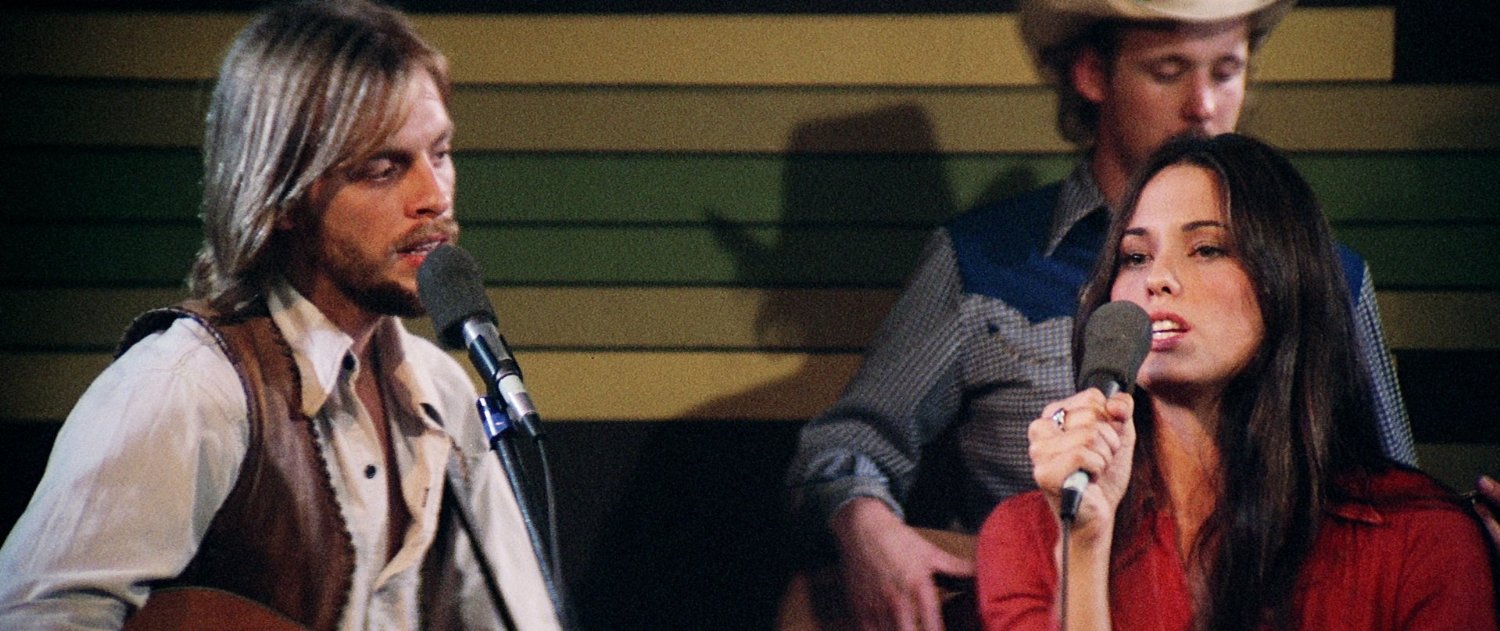
It’s one of the most important films of the decade, and possibly in all of modern American cinema. And, although it’s usually seen as master director Robert Altman’s crowning achievement, his regular screenwriter, Joan Tewkesbury, had a larger influence here than on any film with him before. Based on her experiences and observations of the titular Tennessee town, Tewkesbury’s script became the template for most American independent cinema ever since.
Over the course of five days, the film charts the intertwining of an ensemble of characters either on the fringes of or heavily involved in the local music scene. From industry hopefuls such as country music guitarist Tom (Keith Carradine) and hopeless singer Sueleen (Gwen Welles), to celebrity obsessed characters like the naive Martha (Shelley Duvall) and persistent reporter Opal (Geraldine Chaplin) and everyone in between, the myriad of characters paths cross in ingenious ways over the course of the politically charged plot.
Without this film, the likes of Paul Thomas Anderson, Alan Rudolph and many other independent filmmaker’s work simply wouldn’t exist in the same way that it does today. The spiderweb like structure was revolutionary at the time, managing to maintain the considerably large ensemble cast and connect them in increasingly unpredictable ways. However, what makes Tewkesbury’s work particularly revolutionary is the way she incorporated the film’s key themes through the characters.
While researching for the project, she discovered the way celebrities were both vilified and idolised in the country and gospel music scenes. Characters like Martha and Opal cleverly represent American culture’s need to cling to an image, while the country stars in the film, Connie White (Karen Black) and Barbara Jean (Ronee Blakley), are bitter rivals, creating an endless cycle of misplaced emotions.
All the while, the backdrop of populist American politics informs the film with a great level of satire, with both the talented and untalented musicians taking their image and careers too seriously mirroring Hal Philip Walker (Thomas Hal Phillips), the candidate in town for a fundraiser. With the latter being a different kind of celebrity, Tewkesbury presents a brilliant juxtaposition between them, using the inherently flawed characters to ask the audience to wryly take their image seriously.
Despite the likes of Connie and Barbara being forced into an image decided for them, Tewkesbury finds a way to empower them and other women through the film. Stating in a interview “There is great heart to these women”, she portrays a wide range of females in the scene that, while dealing with their own insecurities, take their challenges on with force.
7. Mikey And Nicky (1976)
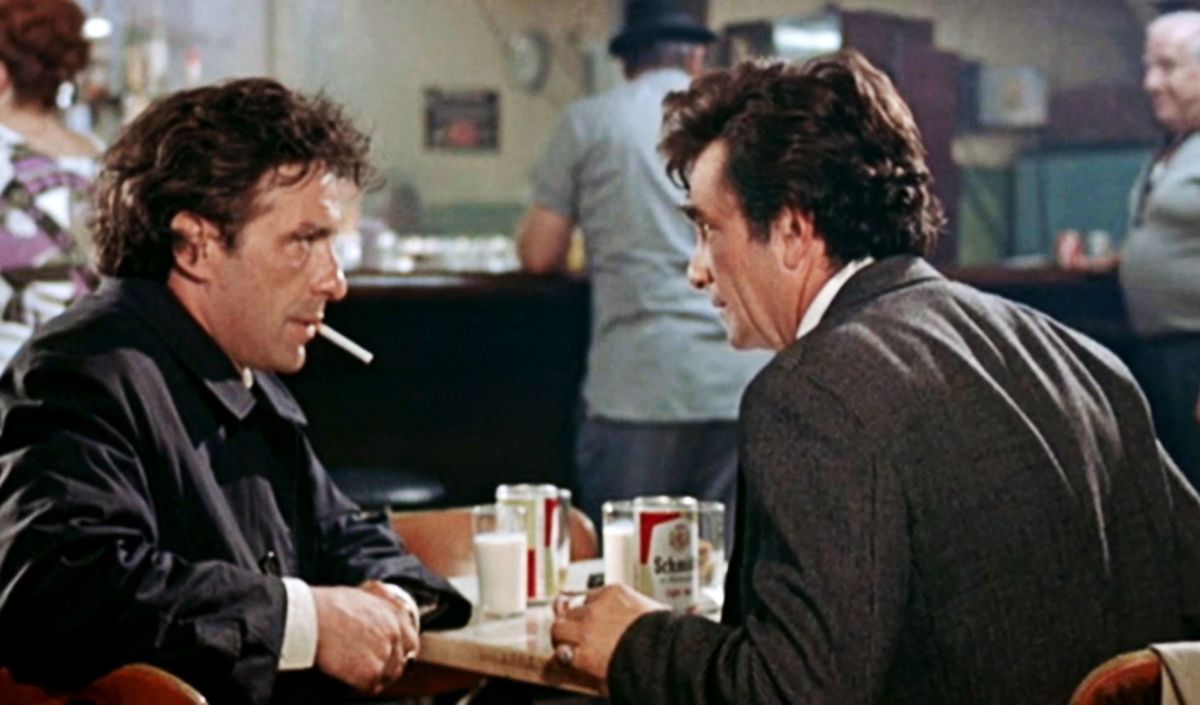
Another entry by the legendary writer/director Elaine May, and one that’s backstory is almost worthy of a film itself. From battles with Paramount Pictures over Elaine’s right to a final cut to May having to personally hide the film reels for fear of theft, this story of two aged gangsters is one of May’s most heartfelt and greatest achievements.
After stealing a large sum of mob related money, Nicky (John Cassavetes) relies on his childhood friend Mikey (Peter Falk) to get him out of yet another jam. However, the reunion of the two leads to many a distraction, as the tense nature of their situation births discussion of their friendship and it’s many past problems. Soon, the old friends have a reckoning far deeper than they bargained for.
Though many modern male film directors are known for their depiction of friendships on screen, it’s just all too clear with this film that May set a cinematic standard for real, honest, ‘hang out’ style friend centric plots. Structuring the titular character’s reunion with the perceived intensity of a heist is igneous in the sense that we can learn about them with a constant outside stimulation, managing to be hooked while they discuss events the audience haven’t seen. Another note of unpredictability is Cassavetes Nicky, whose paranoia and almost curmudgeonly attitude toward his friend sends the their escape wayward.
It’s a truly touching central drama, with the outer film context of Falk and Cassavetes having actually been close friends for many years prior. Their real life connection and charisma shines in such a real way that May’s film almost transcends into a documentary, recording hours and hours of footage just to get an unexpected reaction out of either of them.
However, it was that slight bit of experimentation that caused friction between May and the film’s distributor Paramount Pictures, who, annoyed by her going over budget (and possibly the fact she initially cast the studio’s hard-edged president Frank Yablans as a gangster), fought to take final cut away from her. It was a lawsuit damming to her career, resulting in her not directing for another 10 years.
However, having being mistreated by the studio system before, May decided to hide the film out of reach from Paramount, and when it was found, an agreement was worked for release. Despite this, May’s intended version of the film would not be seen until 9 years later, although it was rightfully her film in the first place. It makes the film and it’s history a truly inspiring tale.
8. Between The Lines (1977)
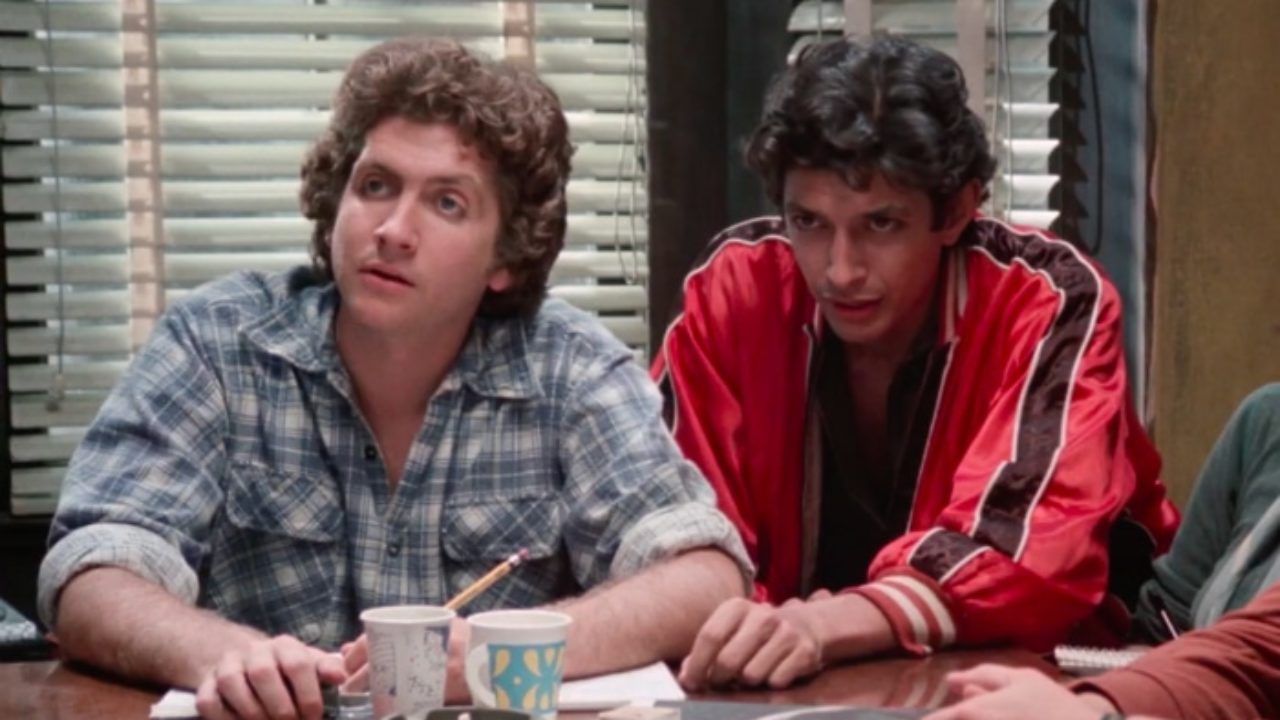
If it were given the right amount of attention upon release, this next pick directed by Joan Micklin Silver would definitely have become an instant comedy classic. It’s a fantastic and heartfelt ensemble piece that is all to relevant to young professionals of all ages, and in line with Tewkesbury’s Nashville, a great example of how to work an ensemble cast in front of a seemingly unrelated backdrop to uncover honest character drama.
At the Back Bay Manline newspaper in Boston, a quirky group of writers get by through a lax work day. Leading the pack is Max (Jeff Goldblum), the resident music critic who, when tipped off that their paper might be sold to a corporate giant, doesn’t take it sitting down. Soon, the lives of his colleges, including charming reporter Harry (John Heard) and his girlfriend Abbie (Lindsay Crouse), are turned upside down as they try to turn the tide.
With its youth orientated focus and playful sensibility, Silver’s film is almost one of the first post-hippie youth films before the advent of the yuppie in the early 1980’s. it’s an interesting in-between for the film to exist in, as although it doesn’t have the most unique of plots, Silver cleverly uses this ambiguity to translate the underlying themes of the film, those of social change and not knowing quite where to fit within it. The newspaper, which made its name as being underground during a time of real special upheaval in America a decade prior, can’t quite figure out why it’s out of step now the dust has settled. And in that, the fun activities of the care free staff become bittersweet. With Silver’s essential balancing of the characters, giving the universally relatable interpersonal problems, the audience can easily find ways in which they feel truly connected and conformable with them, as they undoubtedly connect with each one.
It’s an interesting dichotomy that should be given far more credit than it has, as when most look back on the films of the New Hollywood, these bits of connective tissue during the era are often overlooked, yet are essential for context. Silver’s brilliant eye for crafting a comedy, which works both by taken on it’s surface level of fun romp and on multiple, deeper levels, works so well here that it’s a mystery as to how her work isn’t more universally known.
9. Girlfriends (1978)
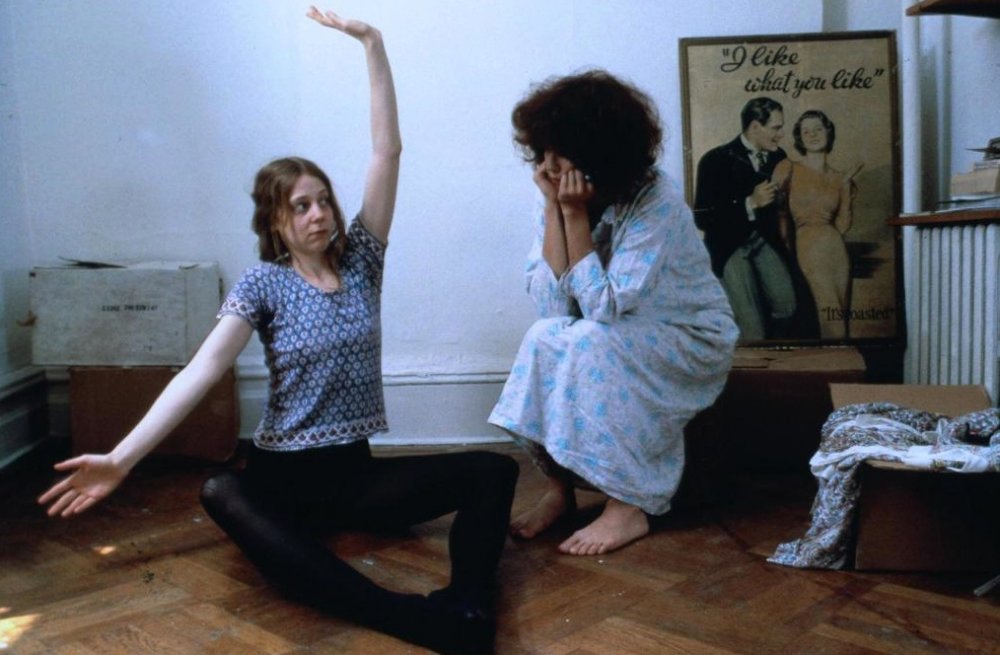
A truly heartfelt and special film that none other than Stanley Kubrick once noted as one of the most interesting and wonderful films he’d seen, writer/director Claudia Weill worked incredibly hard to get Girlfriends off the ground in the mid-70’s. Due to numerous drawbacks, the film wouldn’t see the light of day until near the end of the decade, but has gone on to be one of the most influential American films ever made.
The titular girlfriends, Susan (Melanie Mayron) and Anne (Anita Skinner), live together in Manhattan, until the latter suddenly leaves to live with her new husband Martin (Bob Balaban). Frustrated and alone, Susan tries to focus all her energy on her photography career, hoping to break away from shooting bar mitzvahs and be taken seriously. However, while that doesn’t go to plan and her distant relationship with Anne becomes more strained, Susan attempts to figure out what she really wants.
With a prolific track record of documentary filmmaking, Weill set her sights on Vicki Polon’s screenplay with the idea of subverting the usual female comedy lead, wanting to see someone like her in the limelight for once as opposed to an impossibly pretty, unattainable image. With Mayron cast as Susan and Weill’s cinéma vérité sensibility now in a narrative context, the film feels so steeped in reality that it’s impossible not to relate to. Susan and Anne’s friendship is universally recognisable to anyone who has ever had a close friend, and it’s fantastic how Weill manages to translate a full arc of their relationship with such sincerity over the course of just 88 minutes.
The film is the definition of independent, made without any idea of distribution or promotion. Weill herself called up any and all studios and personally took it to festivals such as Cannes and Rotterdam until Warner Bros released it, largely on Weill’s terms. It’s lo-fi style and uniquely honest and often times subtle depiction of friendship was certainly not in the mainstream at the time, leading to an unsuccessful box office reception but positive critical one.
Girlfriends lead to Weill being offered the chance to direct a studio feature, It’s My Turn two years later, which Weill has since described as a less than positive experience, with male producers routinely demeaning her. Weill has only directed television episodes and films since, which is a great shame, as Girlfriends is an incredibly important film in the American independent cannon, and quite unlike much else.
10. Old Boyfriends (1979)
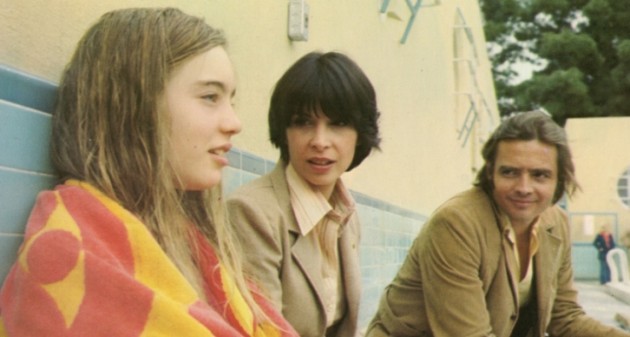
Finally, towards the end of the 70’s, Joan Tewkesbury made her directorial debut with a script by Taxi Driver writer Paul Schrader and his brother, Leonard. It’s a film that feels almost like a culmination of the key talent of the decade, with Schrader’s writing skills, the development Tewkesbury’s filmmaking skills after her proven track record with Altman, and Talia Shire in lead role, whose high profile acting work throughout the decade saw some iconic performances.
In the midst of an identity crisis, Dianne Cruise (Shire) sets off on a country wide search for her former lovers to try and find some sense of who she was. These include Jeff (Richard Jordan), a filmmaker in Colorado whom she ignites an affair with, Eric (John Belushi) in Minneapolis, a cover band frontman whom she dated in high school, and eventually her mysterious first ever boyfriend.
On what could’ve become a procedural slog, Tewkesbury’s film is really an incredibly layered character study. Shire carried Cruise with a strange sense of ambivalence that hints to a bubbling tension under the surface, too lost to let it rear it’s ugly head. It keeps the audience constantly guessing as to what Cruise really wants out of this journey of self discovery. Does she feel the only way she can understand herself to be through men? Or is she simply passing the time? Shire delivers a fantastic performance that constantly asks that question, yet never really falls on either side. Crucially, it’s left up to the audience, but with Shire carrying the entire film with such agency through the often odd encounters with the men in her life, the viewer is fully within Cruise’s distorted mindset.
It’s clear that Tewkesbury was far from intent on making a straight forward movie here, and it’s all for the better. The structure of the boyfriend visits taking place in reverse order adds a strange sense of dread as Cruise digs deeper and deeper into her past, a trek that does in fact lead to a shocking climax. However. it’s also very clear that Cruise is very much in control of every situation she puts herself in despite her mental state, much to the surprise of her former lovers. It’s a brilliant and slightly meta way of breaking down preconceptions and barriers women faced in the industry at the time, and a poignant film to see the decade out with.
Today, the influence of these films is acutely felt. In what was a troubling decade for women, their worries and struggles were successfully translated to film in these above cases, inspiring female filmmakers of the future and also new ways of telling stories.
It proved to be a fantastic medium, as they continued to fight on the picket line for their rights, they could connect with people in the way that only film can, despite some reaching a broader audience than others.
With some of these films, notably Girlfriends after its recent Criterion Collection restoration, receiving newfound recognition, hopefully the messages intended by the female filmmakers live on, and continue to do inspire even more change and art.